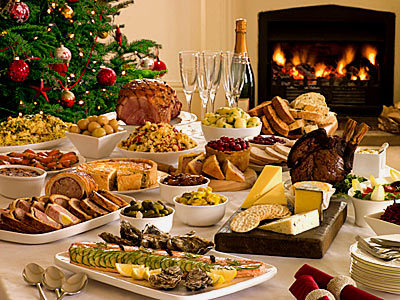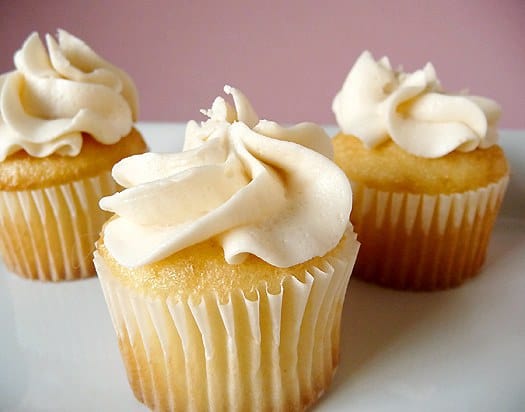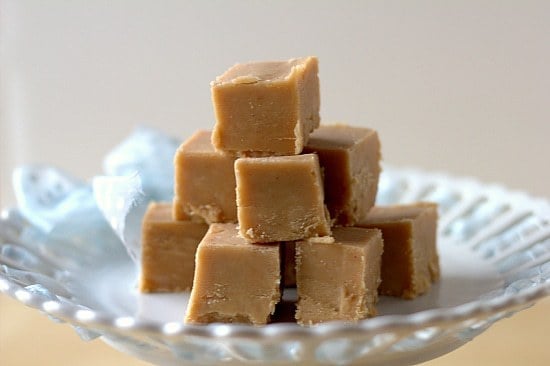 |
This is a listing of actual holidays, believe it or not. Several web sites even offer electronic cards for you to send to friends and relatives to help celebrate !
 |
November 1 - Bra Day
Whatever you do, don't burn your bra today! This holiday commemorates the date that Mary Jacob invented the first modern brassiere circa 1913 in New York.
November 2 - Practice Being Psychic Day
Today is "Practice Being Psychic" Day, and I am reading your mind right now. You are thinking "Why would anyone think up such a silly celebration?" I'm pretty good, don't you think?
November 3 - Sandwich Day
Happy Sandwich Day! This holiday celebrates the emergence of the sandwich, popularized in 1762 by the 4th Earl of Sandwich, John Montague, an 18th century English aristocrat.
November 4 - Bad Mood Day
On this day, I suppose it is permissible to be in a bad mood for a 24 hour period. Celebrate this holiday at your own risk!
 |
November 5 - National Doughnut Day
Today's celebration calls for a trip to your local doughnut shop! Have doughnuts for breakfast, or take a few dozen to the office with you to share with your co-workers! Even the weight-conscious will want to participate in this holiday!
November 6th - Peanut Butter Lovers Day
I imagine this was one of Elvis Presley's favorite holidays! Bake some peanut butter cookies and share them with a neighbor today! Don't make the mistake of including your dog in this celebration, though. They get confused when the peanut butter sticks to the roof of their mouth. Try a peanut butter flavored dog biscuit, instead.
November 7th - Bittersweet Chocolate with Almonds Day
National Bittersweet Chocolate with Almonds Day is a day you can indulge in a sweet treat without guilt. Dark chocolate is good for you, you know.
November 8th - X-Ray Discovery Day
Happy X-ray Day! (I see you... all of you! Nice undies!) On this day in 1895 Wilhelm Conrad Roentgen discovered the medical marvel of St. Aedh Mac Breic, the patron saint of headache sufferers.
 |
November 11th - Ones Day
Ones Day is truly a special day that only comes once a year. Why? The secret is in the 4 ones that make up the date of November 11th (11/11). Have a Happy Ones Day... spend it with the Ones you love.
November 12th - Happy Hour Day
On this day in 1745, the very first happy hour was held at a pub in the country of Ireland. You can celebrate this holiday easily, as most good bars have their own happy hour. And, if you aren't a drinker, then just be happy for an hour! Happiness is the theme of this holiday, after all.
November 13th - World Kindness Day
November 13 has been designated as World Kindness Day. Today, do your part to help make this world we all share a kinder, more compassionate place to live.
November 14th - Monet Day
Today's celebration is in honor of the birthday of Impressionist artist Claude Monet, who was born in 1840. This would be a good day to visit your local art museum, and perhaps admire some of Monet's works.
 |
November 15th - Great American Smokeout Day
November 15th is the American Cancer Society's Great American Smokeout, a holiday of sorts where smokers are challenged to smoke less, or quit smoking for at least this one day.
November 16th - Birth of the Blues Day
Today we celebrate the birthday of W.C. Handy. He was born in Memphis, TN in 1873, and is considered the "Father of the Blues" for making blues music popular among Americans. Listen to some blues today, and say a silent thank you to Mr. Handy.
November 17th - Coping with Uncertainty Day
I'm really a little uncertain as to how I should describe this holiday. Should I even call it a holiday? Maybe I should say it's a celebration of things unknown instead? Whatever you want to call it, have a great one!
November 18th - Teddy Bear Day
Today's holiday commemorates a day that should be dear to the hearts of all kids - and kids at heart. On this day in 1902, toy maker Morris Michton named a cute stuffed bear toy "Teddy Bear" after President Teddy Roosevelt. Celebrate today by hugging a teddy bear, or buying one for someone dear to you.
November 19th - Pencil Day
Come on now... what's the point of this holiday, anyway? Pencil point, that is! On this day in 1895, the pencil as we know it was invented.
 |
November 20th - Traffic Light Day
Today we celebrate the day in 1923 when Garrett Morgan of Cleveland, Ohio, patented the traffic light in 1923. You can thank Garrett today as you are waiting at a red light on your way to work. Without his invention, you might not get there in time!
November 21st - Pumpkin Pie Day
November 21st is National Pumpkin Pie Day. I wonder why they made this holiday so close to Thanksgiving? Don't they think people get enough pumpkin pie on that holiday? Maybe there's a conspiracy going on here to get people to eat more pumpkin, or perhaps this day is meant to start a trend toward another traditional Turkey Day dessert? Who knows? Have some pumpkin pie today, anyway!
November 22nd - Hockey Day
Hockey fans, rejoice! On this day in 1917, the National Hockey League was established, bringing the sport more into the limelight than ever before. Today, celebrate by kicking back, relaxing, and watching some hockey on television. Oh, and be thankful you are in your nice warm house, and not out on that cold ice!
November 23rd - Paranoia Day
Today is the day when the paranoia that all of us have to a certain extent is allowed to come out in full force. It is perfectly acceptable for you to be suspicious of your coworkers, hear strange sounds, and be absolutely certain someone is following you. Aren't you glad this holiday only lasts for one day?
November 24th - National Espresso Day
Today is National Espresso Day! Grab a cup and help yourself to a hearty dose of caffeine! Starbucks should celebrate this day, too. If espresso isn't your thing, just drink a few extra cups of regular coffee today to get the same effect.
 |
November 25th - Shopping Reminder Day
November 25th has been designated as Shopping Reminder Day! The sole purpose of this day is to remind you that there are only 30 more shopping days left until Christmas. Your task today is to tell as many people as possible about this holiday. Who knows... your diligence could pay off well come Christmas!
November 26th - Good Grief Day
On this aptly named holiday, we remember that legendary cartoonist Charles M. Schultz, who was born on this day in 1922. Celebrate the life of this comic genius by reading some of his works... or by wearing your favorite Snoopy t shirt.
November 27th - Electric Guitar Day
This holiday was created in honor of legendary guitarist and songwriter Jimi Hendrix. It's a perfect opportunity to enjoy some of Jimi's many fine compositions and honor his musical abilities.
November 28th - Auto Race Day
Today marks the occasion of the first automobile race in the United States. This momentous event was held in Illinois in 1895. Race fans, unite on this holiday, and share the fun and excitement of this popular spectator sport.
November 29th - Customer is Wrong Day
This could turn out to be a dangerous holiday, as the required antics may have you hunting for a new job tomorrow! If you work in retail, celebrate it at your own risk! You'll receive some long-overdue satisfaction, to be sure, but weigh the risks and the benefits before you began your mantra of "The Customer is Always Wrong."
 |
November 30th - Computer Security DayAlso known as Monitor Your Monitor Day
This holiday reminds us to make sure our computers are protected from spy ware, viruses, and ad ware. This will be a good day to run all your virus scans, disk defrags, etc, and make sure your computer is in tip-top shape!


















































